A lot of flies are tied on very short hooks, still featuring quite long bodies/wings to imitate small fish. This article looks into that style.
If you look at US cold saltwater flies, particularly those for striped bass, a vast majority of them are tied to look like fish. Many are long, feature fishy colors and have prominent eyes. Some are quite large too, imitating larger baitfish, a quarry often taken by predators such as striped bass, bluefish and different species of tuna like albacore.
But in stead of tying a long fly on a large hook, the US patterns are mostly tied on a short and small hook in spite of the elongated shape and overall size of the fly. This article looks into variations of that tying style.
The reasons why
There can a few reasons why you will want to use a short hook in the front of a longer fly:
- Saving hook weight. The short hook is way lighter than the long or large one, making the fly easier to cast. You can also have a heavier gauge wire in the hook, still keeping it light, which may be desirable for flies aimed at some of the stronger predators.
- Getting a mobile fly. A fly tied on a long hook shank will be stiff while the elongated materials trailing behind the short hook can move freely.
- Fish often strike in the front end of the bait. Some anglers theorize that the predators target the head and the eyes of the quarry, and having the hook there will then be an advantage.
- The smaller hooks can also give better hookups and will have less leverage effect. Some anglers avoid long shanks because the long shank can increase the risk of the hook working loose during the fight.
The history
The short hook fly style doesn't seem to come from one single ur-fly, but once you start looking into patterns you will find flies tied and inspired by people like Joe Brooks, Bob Popovics, Enrico Puglisi, Lenny Moffo, Flip Pallot, Jack Gartside, Lefty Kreh, Bob Clouser and others. Many, many more have originated flies with short hooks and long wings, and attributing the style to a single person or pattern doesn't seem fair. And before everybody came the classic streamers tied on long hooks. Shorten the hook on these, and you are getting close to the style.
A few specific patterns like Lefty's Deceiver, Clouser's Deep Minnow, Popovics' Surf Candy, Gartside's Zambezi Hi Tie and Brook's Blonde have formed school and probably spawned more new patterns than most flies.
How short is short, how long is long?
For some people a wing that extends a shank length behind the hook is long and a normal wet fly hook is short, but for the sake of definition I have set a pair of rules for this type of fly. When I say a short hook I mean a hook where the hook gape is at least half of the shank length and in many cases the hook is as high as it is long. There's a lot of hooks that have these dimensions, and getting a hold of suitable short hooks is usually without problems, even for the larger flies. The hook style is favored by many saltwater anglers, and many manufacturers have met the demand for large and sturdy hooks in this field with several hook models.
So if the hook is short, what does it then take to constitute a long wing/body? Again this is my rule, but the wing or body has to be at least 3 or 4 times the hook length and even longer in order to qualify as long in my eyes. I use the term wing/body because these flies mostly have one main element only, which forms the body of the fly and most patterns don't have a separate tail, body or wing, but just one collection of materials forming the whole fly. A few have what would normally be referred to as a wing, but that will then form the upper part or back of the finished fly, which is almost always tied to look like a fish. A few long flies imitate squids, worms or other elongated animals, but baitfish are by far the most common quarry imitated.
A few substyles
Most long winged flies can be put in one of the boxes below. These are my divisions. Other people might see other categories, but they have made it easier for me to get around the subject. I will cover the styles and techniques below and try to find images that show each type of fly.
Flatwing style
This is probably the oldest of the styles, often referred to as the “biplane” style, and originating from the long streamer era and the US north east (where it was tied on long shank hooks). This style uses feathers as the wing, tied in horizontally on top of the hook. That style has been adapted to short hooks and is widely used now for striper flies as well as flies for sea trout in the Baltic. The flies may have a body and often have a supporting wing made from bucktail or similar material. These flies are rarely tied with eyes, but often seen with cheeks made from jungle cock.
a) in the tables above
Deceiver style
This style is probably the most common and the most generic of the long fly styles, and takes its outset in flies like Brook's Blonde, Lefty's Deceiver and the classic NE bucktail streamers. They sport a bucktail, feather and/or synthetic fiber body built on top, bottom and often also on the sides of the short hook. The body and wing combo protrudes several shank lengths behind the hook. The flies are very fish-like and are often tied with colored accents for gills or fins, darker back and lighter bottom and dominant eyes. There's a wealth of flies using this technique, developed independently of Lefty's fly or inspired by it. Some of the more recent styles like EP Baitfish, hollow flies or reversed flies, which use different techniques, are often tied on short hooks and all owe a bit to the Deceiver, featuring materials that form a body, which covers the hook and extend behind it.
b) in the tables above
Clouser style
The Clouser Deep Minnow is often tied on shorter hooks. The original fly uses a hook, which is about a quarter of the fly length. The technique and final look of the fly is quite distinct, and apart from a gazillion variations in color and material choice, most Clousers are quite loyal to the original with its top and bottom wing and eye placement.
e) in the tables above
Surf Candy style
The surf Candy was originated by Bob Popovics and features straight materials tied in parallel to the hook shank to form a narrow body/wing, which is coated with epoxy or UV resin in the front part of the fly. The fly style is a very straightforward imitation of a small baitfish, often incorporating a narrow band of flash as the sideline and a darker back and lighter belly to simulate the natural. Materials like Fleye Foils, stick on eyes and 3D eyes are used to accent the front of the fly and create a lifelike head.
g) in the tables above
Jiggy style
This is another Bob Popovics pattern, which has been adapted to many colors and materials, just like Bob Clouser's Clouser Minnow. The base fly is a slender bucktail fly tied in the round with a cone and an epoxy or LCR head covering a couple of eyes, It's visually very much like a Thunder Creek, but has a heavy front resulting in a jigging motion and is also tied using a different method than the Thunder Creek where the hair is reversed. Unlike the classic Kieth Fulsher fly, Popovics' Jiggy was originally tied on a short hook while the Thunder Creek was and is mostly tied on standard or even long shank streamer hooks.
See how to tie the Jiggy here.
f) in the tables above
Hanging hook style
This style is characterized by a hook that almost hangs under the fly, mainly because the materials are tied in on top and in front of the short, often curved hook shank, leaving almost the whole hook free and visible. The fly style is well suited to zonker wings, but is also seen with bucktail wings or a wing made from synthetics. The flies are sometimes made with small eyes and maybe an epoxy or LCR head, but rarely has a very dominant head.
c) and d) in the tables above
Keel hook style
The keel hook tying style is quite unique, mainly determined by the hook shape where the fly is tied on the very short front part of the shank and materials usually cover the hook point, which usually rides upwards on the finished fly.
The hook allows for a fairly large hook comparing to the other styles in this article, but is still mostly tied with materials that are 3-4 times or more longer than the hook itself.
Keel hooks come in a lot of variations. Some are basically just a streamer hook with a slight bend in the shank while others are very distinctly bent into a Z-shape, allowing the materials to be tied onto the front horizontal section and covering the rest of the shank and the hook point.
h) in the tables above
Long nose style
The first fly I remember seen tied this way was a tarpon fly. Stu Apte's Tarpon Fly to be precise. Many other tarpon flies are tied the same way: medium long hook, but the fly tied all the way to the rear with he hook shank bare or just covered with tying thread or epoxy or LCR. The style is in essence a short hook, long wing fly because the hook shank acts more as a short bite tippet than as a part of the fly.
Another famous tarpon fly in the same style is the Cockroach. Many more can be found: the Tarpon Screamer, the Tarpon Bunny, the Black Death and many more, These flies are tied with long tails made from hackle feathers, hair or a skin strip and a hair or feather hackle in the front. Some feature a small head and eyes, but not all.
In the recent years a lot of flies using this technique have come from the Mediterranean, mainly France and Italy. We have featured the NiCh Fly Suspended
k) and l) in the tables above
Stiff body style
This one could also be called the "Mylar tube style", because a lot of the flies adhering to this method uses braided Mylar tubing as the body material. In fly tying the material also goes under the name Body tubing or E-Z-Body, but for most manufacturers it's called crinoline tubing. It's cylindrical and hollow and allows you to form a fairly rigid, elongated body by simply tying it in on the hook and having it extend past the hook bend and as long as you please, which is usually 4-5 times the shank length or even longer.Some tyers add a tail to the backend of the braid and your will also see flies with different materials like flash embedded inside the hollow braid. Sometimes these flies are also tied using hollow or braided yarn or even shoelaces as the extended body.
m) in the tables above
Side-by-side
On flies tied in this style, hackle feathers are typically tied in or glued to the sides of a short hook, and allowed to form the long wing/body of the fly. The style allows for some fairly large, but still very lightweight flies with very few materials. Several feather patterns or colors can be mixed, and sometimes flash is mixed in, but hair is rarely used. Eyes are sometimes added, but not always.
j) in the tables above
Single feather tail
This is a style, which has been seen more in the recent years. The fly is tied with a long, straight tail, often just one feather and maybe some Mylar tube to reinforce it. The tail is formed by trimming a feather and the front of the fly is tied on the short hook and adds some volume in the front of the fly where eyes, fins and gills are often added. Many tyers will tie in hair, fiber or feathers under and over the hook, covering part of the “spine” created by the feather and forming a body with more volume, letting the single feather act as a spine inside a translucent body. Many of these flies end up very lifelike.
One example is The Perfect Transparent Bait Fish pattern seen here.
i) in the tables above
Beast style
This is one of the more recent long fly, short hook techniques, developed by Bob Popovics who has taken the concept of long wings/bodies to the extreme to make really huge flies up to a foot long or even more using modest hook sizes compared to the fly size. The fly body is tied on a mono extension or shanks and created by several sections of bucktail tied in over and under the hook and extension to form a tapered shape with a segmented look.
o) in the tables above
Game Changers and articulated flies
Many articulated flies like the Game Changer devised by Blane Chocklett are long flies with short hooks in some of their incarnations, but I have not included them as a separate style here where I cover flies tied on a single hook only. I will return to the articulated flies in an article solely about this concept.
p) in the tables above
Fly sources
If you want to buy finished likes like some of the ones shown here you may try contacting these renown tyers.
Jono Makim Flies
Ruben Martin Flies
Simplifying
OK, I know that I have simplified things here. There are of course a lot of other fly styles that consist of a long wing or body and a short hook, and just below you can see a handful, which may be hard to place in one of the categories that I have listed above. But for the sake of simplification and understanding the concept, I have take the liberty of putting things in boxes and tried to find a system. Many people tie crossover flies that combine techniques and some come up with all new tying methods, but most of what you see here and out there uses a style and a tying technique, which can be found in my list. If you have tied something radically different, which belongs here or know of styles and techniques not covered, please let me know and I will add the style to the list.
Suitable hooks
Hook choice depends on many things of course, but it hardly needs to be said that the hooks for these flies are generally short shank, wide gape and quite often sturdy hooks too.
Mostly the flies work best with a straight eye, but a few of the suitable hooks have up or down eyes. The shank can be straight or curved, the curved ones are best for the hanging hook style mentioned above.
I did a search in my boxes and online and came up with his list of hooks suitable for this style of fly. There are probably many more, but these were what I found in a short search:
- Ahrex NS172 Curved Gammarus (#12-2). A short hook with a pronounced curve and a straight eye.
- Ahrex PR382/PR383 Predator Trailer (#1-2/0). Classic offset trailer hook with an up eye. Available barbless too.
- Mustad C47 Shrimp (#8-1). Shrimp hook with a straight shank and straight eye.
- Mustad C68 Tarpon (#6-6/0). Extra strong tarpon hook. straight shank and straight eye. Available in large sizes.
- Partridge C110 Bass Minnow (#6-1). Straight eye, short shank, offset.
- Partridge CS100/DE Evil Minnow Down Eye (#6-1). Slightly down eye, short shank, triple barb.
- Partridge CS100/SE Evil Minnow Straight Eye (#6-1). Straight eye, short shank, triple barb.
- Partridge CS45 Absolute Predator (#4-6/0). A thin wire hook with a fairly long slightly curved shank and straight eye. Available in large sizes.
- Partridge S4 Attitude Extra (#6-7/0). Wide gape, straight shank and eye. Available in large sizes.
- Partridge ST Patriot Stinger (#14-3/0). Slightly up eye stinger hook.
- Tiemco TMC600SP Saltwater Big Game (#2-4/0). Heavy wire hook, almost a circle hook with a straight eye.
- Tiemco TMC784 Stinger (#8-2/0). Stinger/trailer style hook with a short shanks and a straight eye.
Keel hooks
The keel hooks are a whole category for themselves and of course adhere to the keel design with the characteristic zig-zag bend in the front.
Keel hooks come in a lot of varieties, some very short and wide with prominent bends and some longer with slightly softer bends. For this style of fly you want the shorter and wider type with a pronounced zig-zag or even a fully “vertical” part where you will typically tie the fly.
Keel hooks for fly tying aren’t always easy to find, and often only available in larger sizes. Look for offset worm hooks and a treasure trove reveals itself, and you will most likely find lots of hooks with the right size and shape – and some with some really crazy shapes.
- Log in to post comments

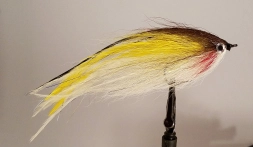
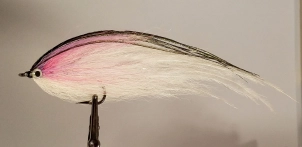
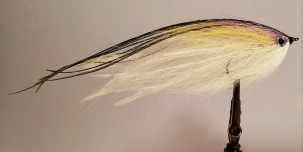



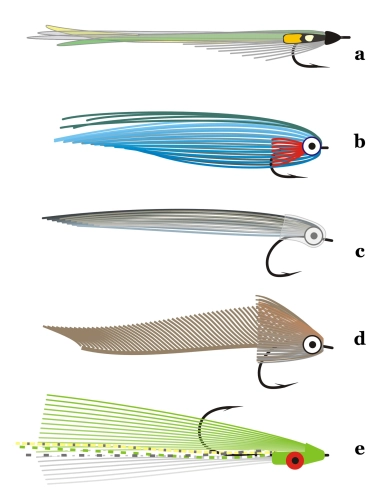
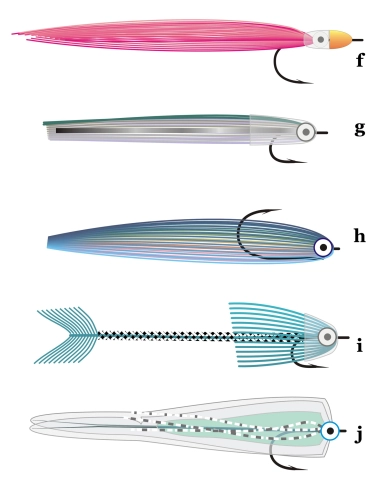
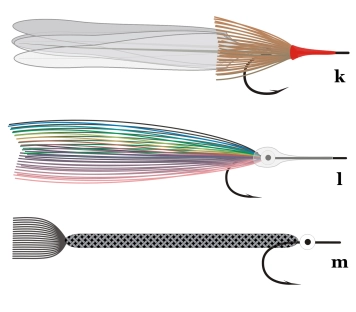
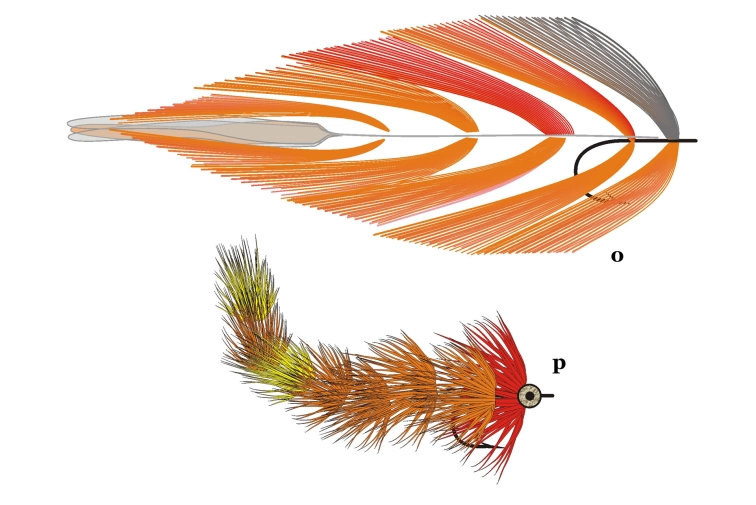
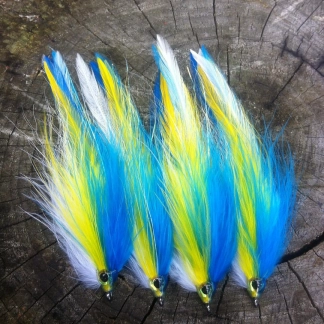
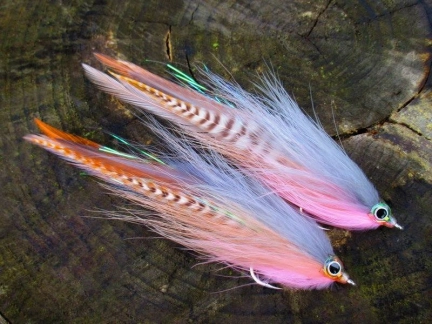
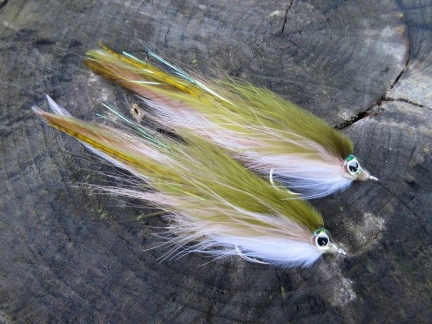
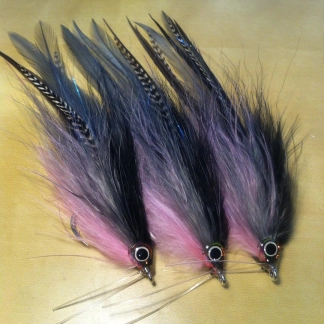
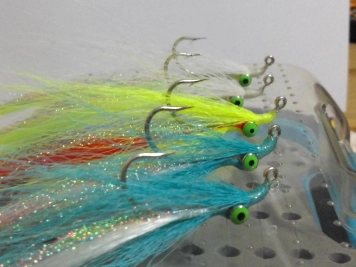

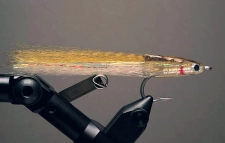
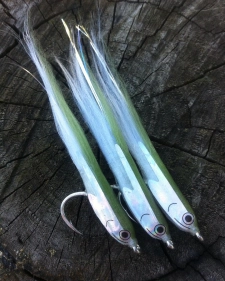
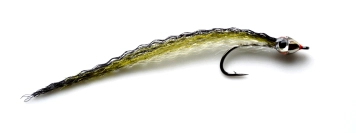
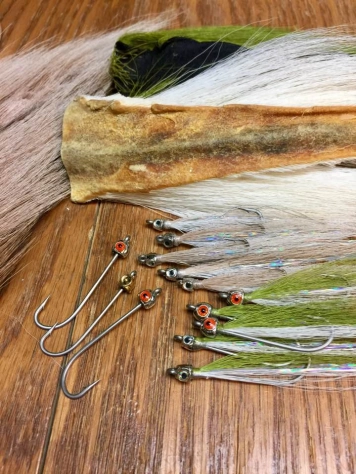
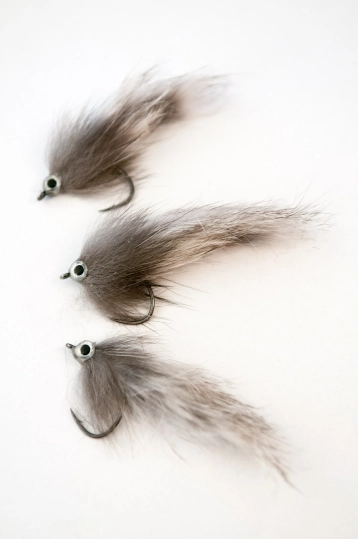
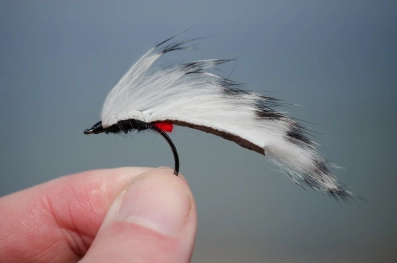
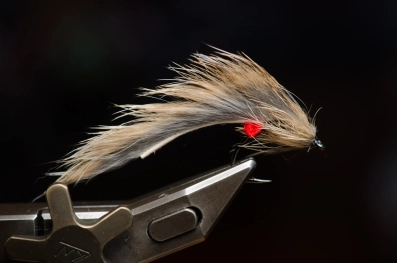
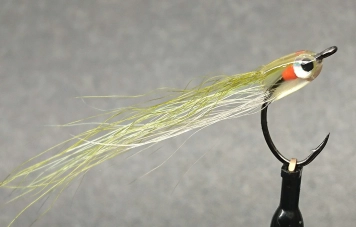
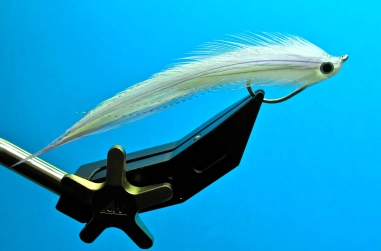
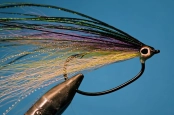
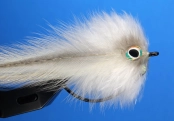
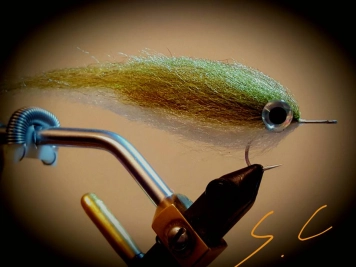
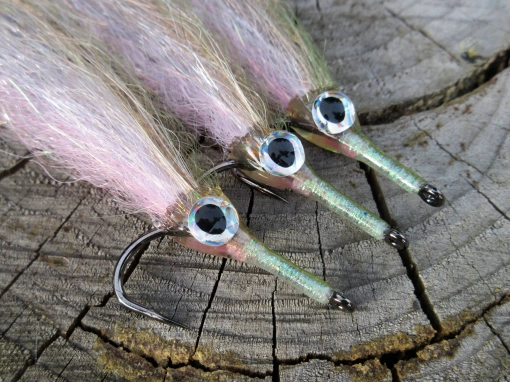
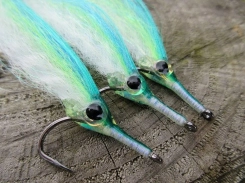
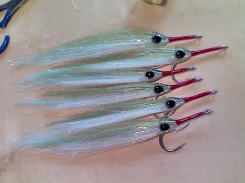
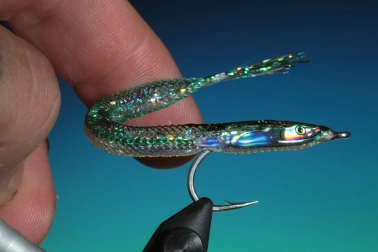
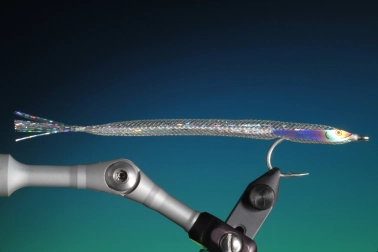
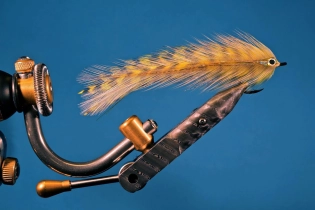

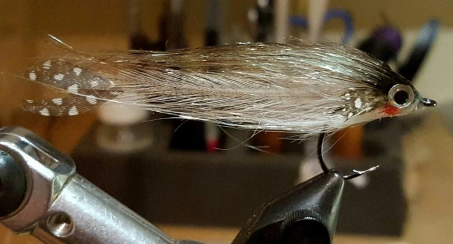
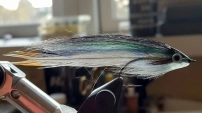
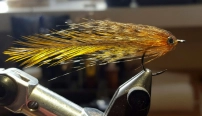
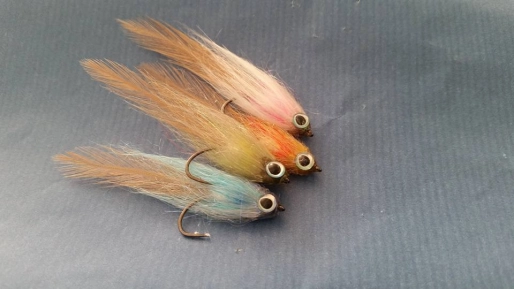
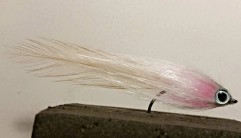

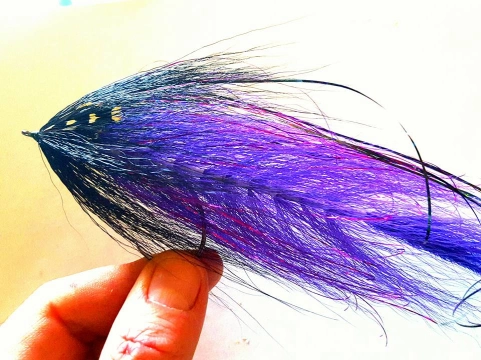


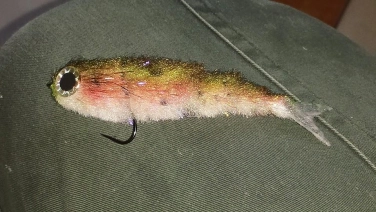
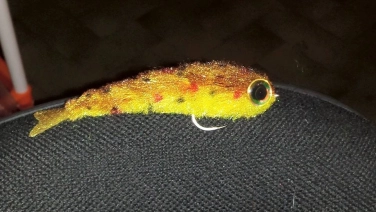
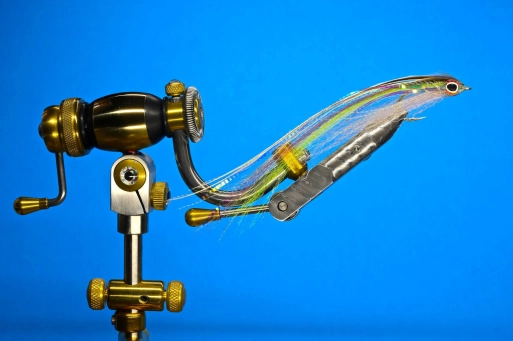
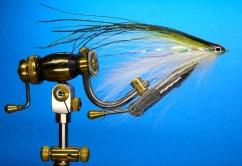
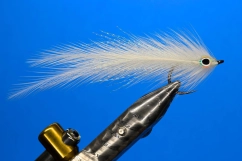



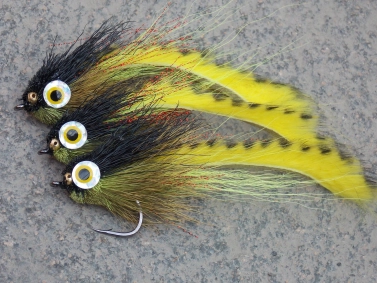
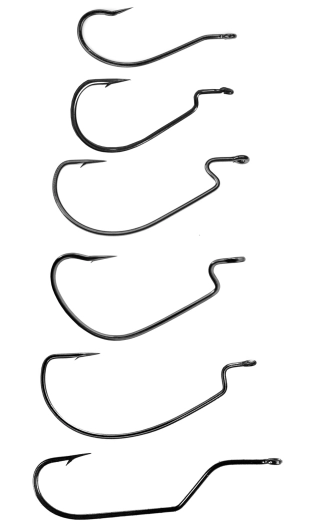



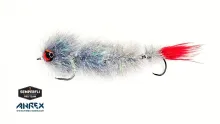
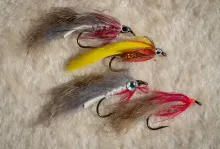
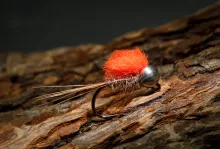
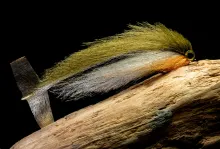

Great post!
This is one of those posts that will be around for several years. Really good one.
Another article from the "you better read it" category of GFF
This 2017 article proved to me, once again, that I have only explored a small part of GFF. I didn't know it, and yet I have been tying flies for striped bass and sea trout for quite some time. In short, it contains so much interesting and useful information that I have set it up as a favorite.
Yup, there's a lot of hidden gems!
Serge,
With 30 years of piled up articles, it's no wonder that you haven't discovered everything!
I sometimes get surprised over a piece that I completely forgot about, so it's not surprising that you as a reader experience the same thing.
There is after all a sea of 2,599 articles to drown in.
Martin